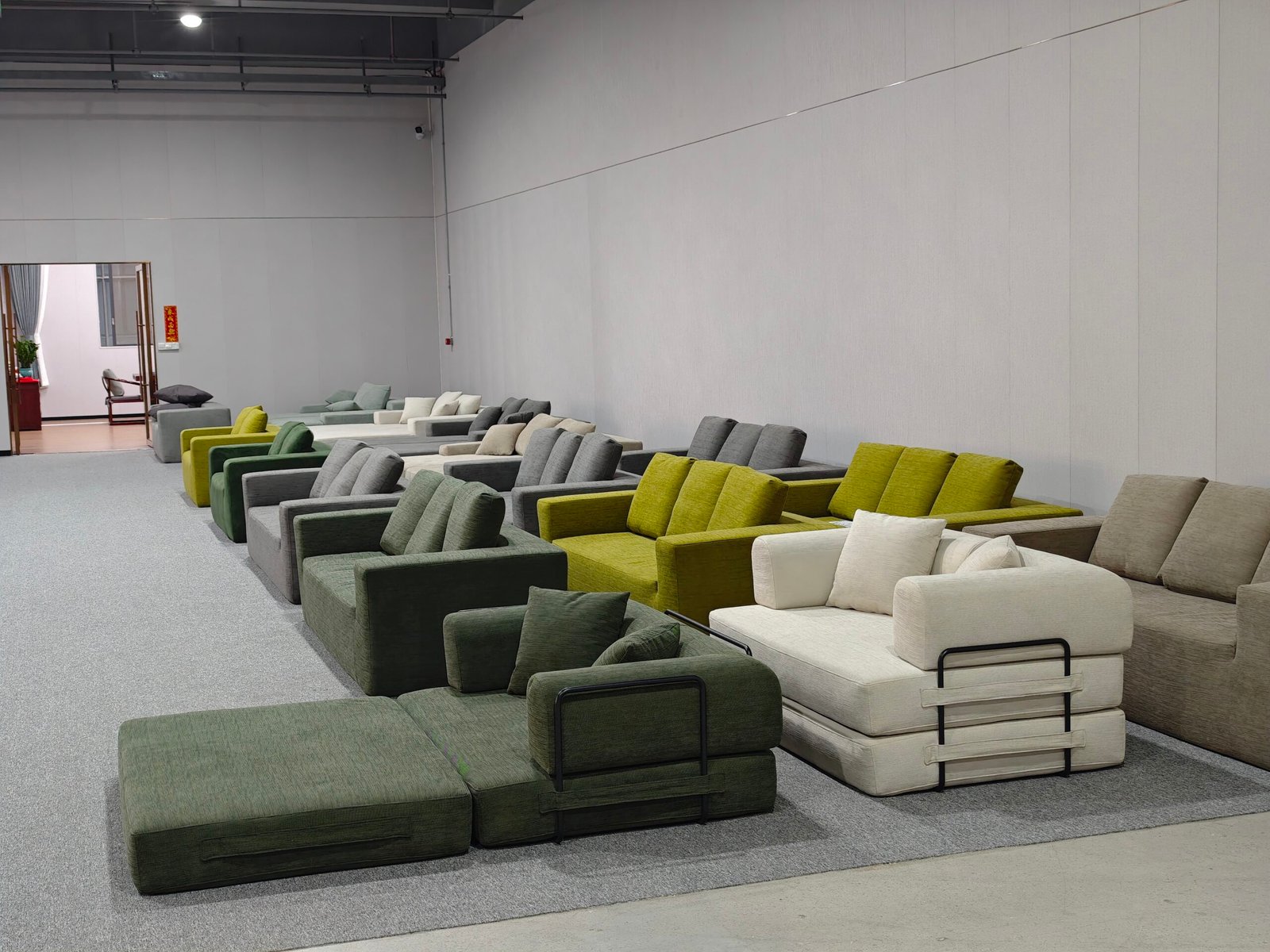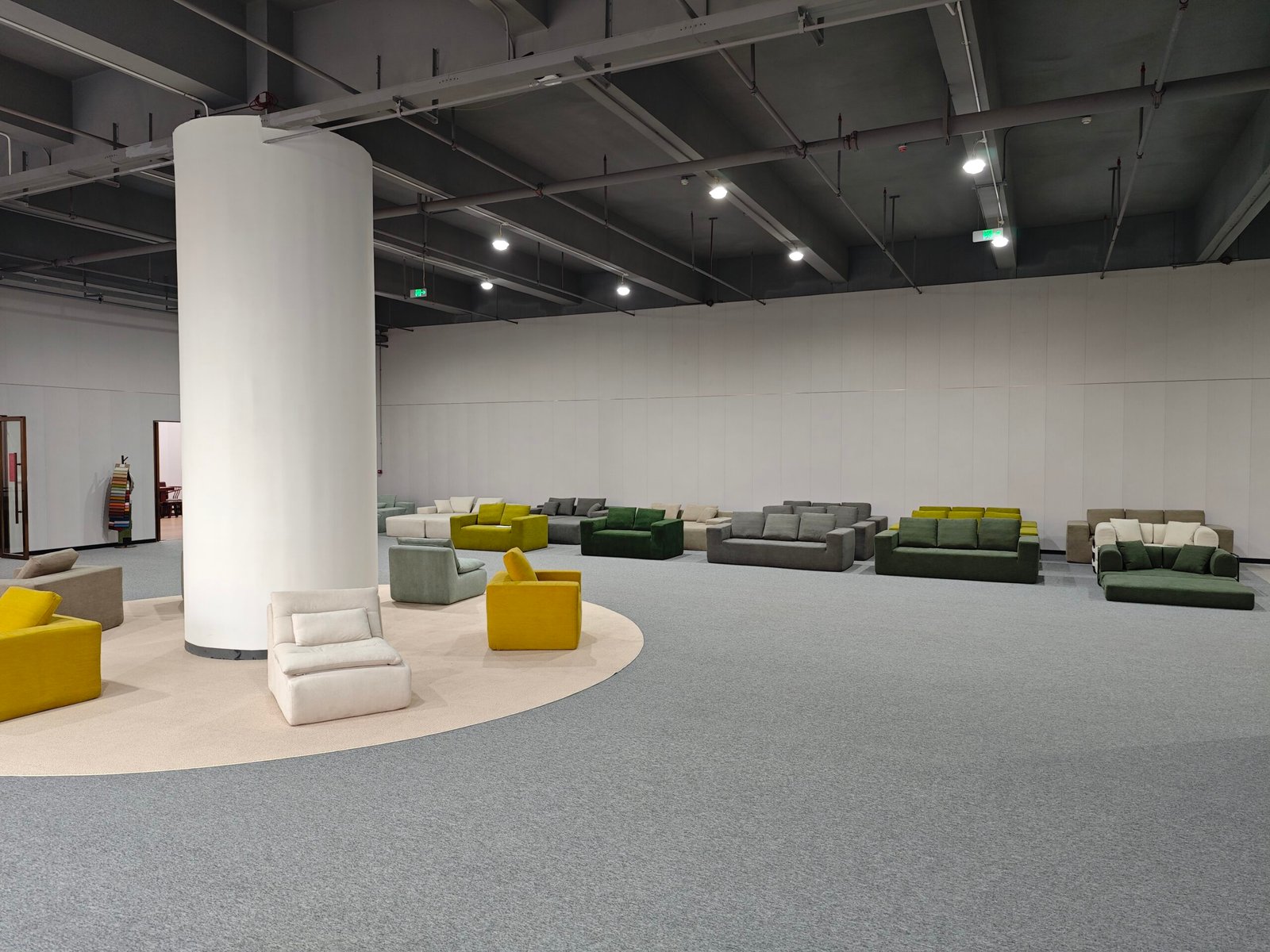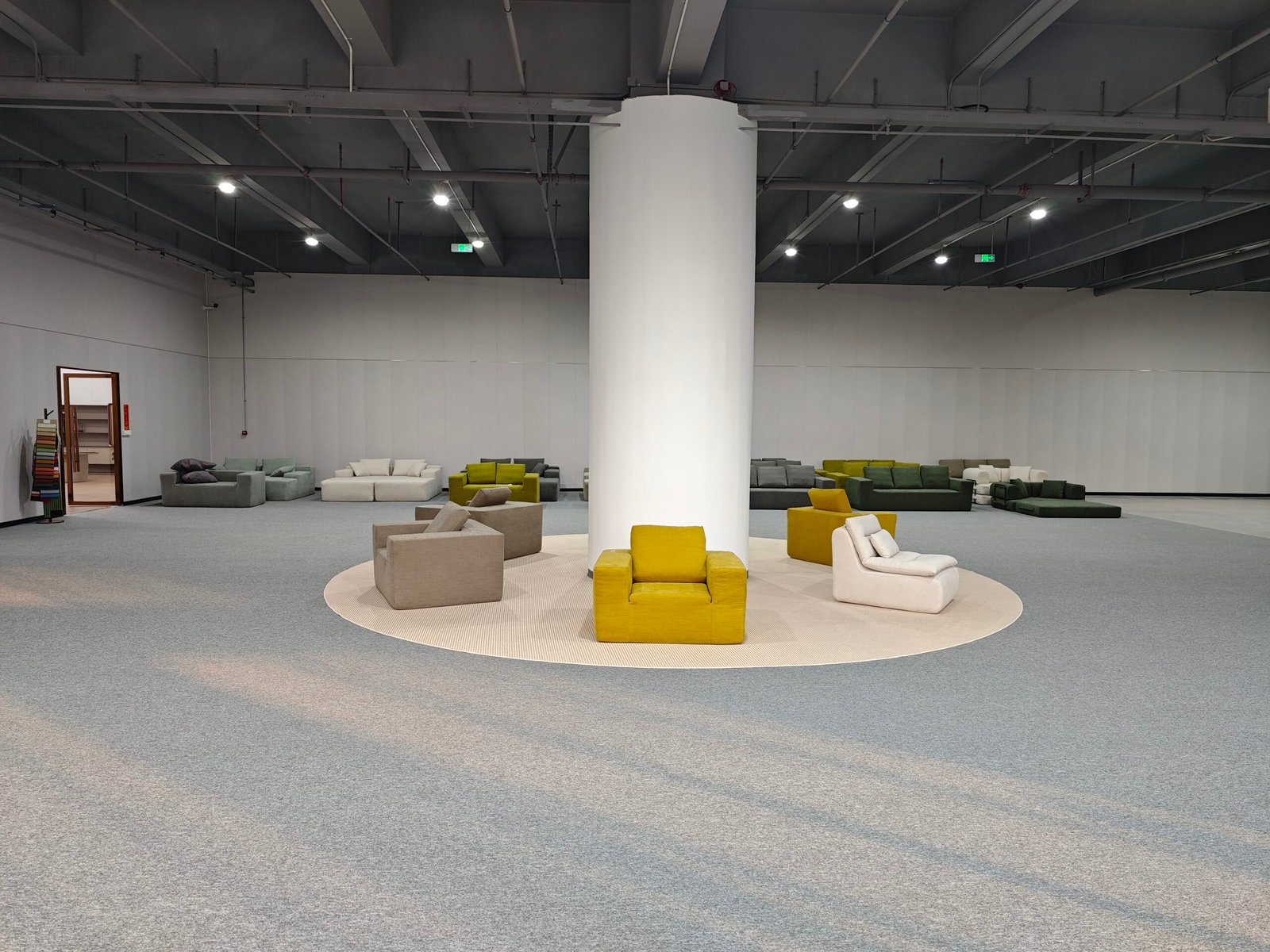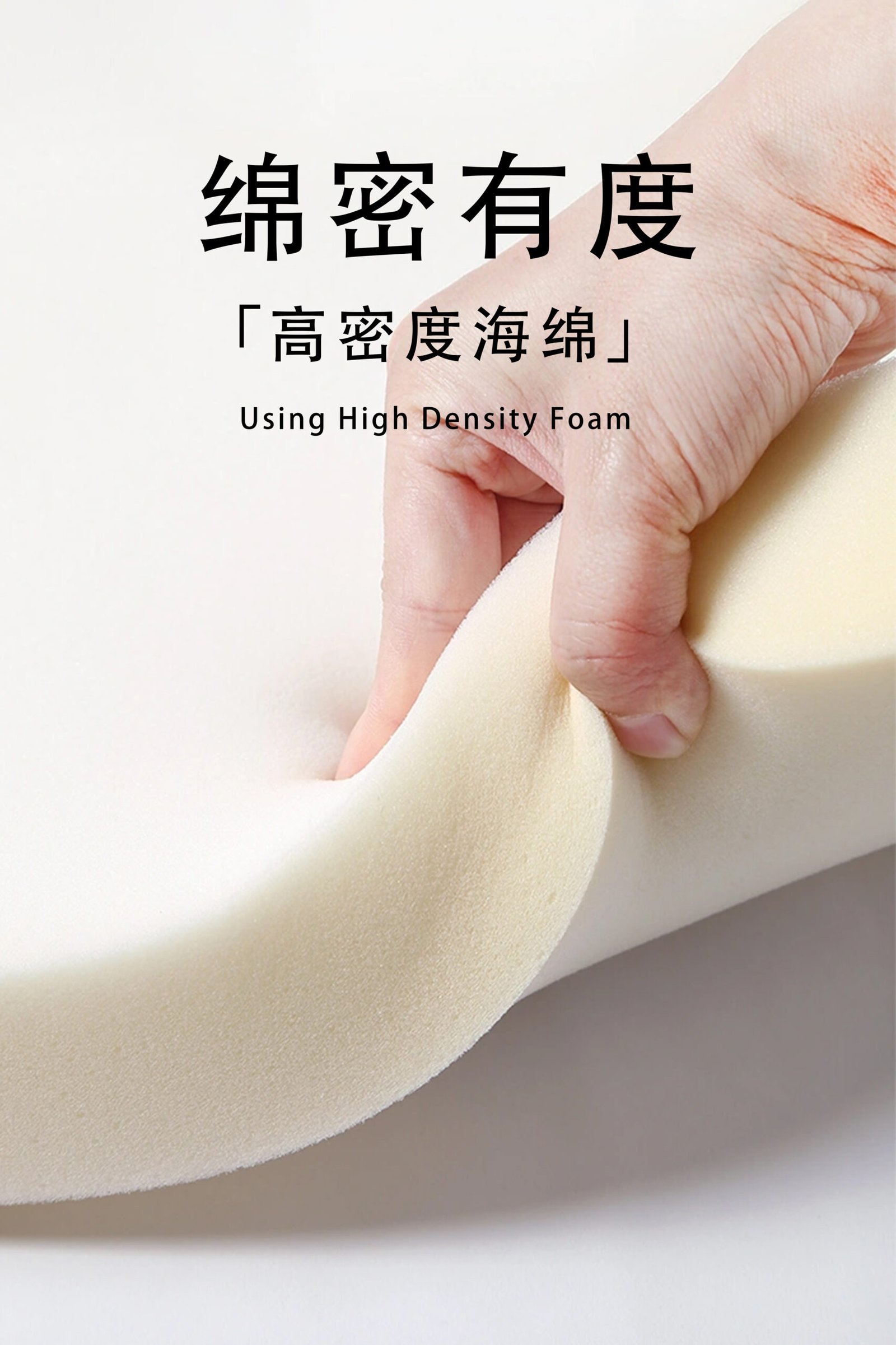
Want to get the best deal on compressed sofas without sacrificing quality or delivery speed? Knowing how to negotiate effectively is the key to building a profitable long-term relationship with your supplier.
To negotiate pricing with a compressed sofa supplier, you need clear market insights, a defined budget, and a structured strategy that balances volume, quality, and mutual gain.
Let's unpack each step and tactic that will help you negotiate with confidence and clarity.
Why does negotiation matter when sourcing compressed sofas?

Compressed sofas are unique—they combine bulky material, advanced packaging, and logistical savings into one product.
Small pricing differences can create huge cost swings, especially for bulk orders or regular restocking.
Whether you're ordering 50 or 500 pieces, price terms shape:
- Your profit margin
- Product positioning
- Cash flow flexibility
- Long-term supplier dynamics
Without negotiation, you're leaving money and opportunities on the table.
What should I know before I start negotiating?

1. Understand market price benchmarks
Before any call or meeting, you should already know:
| Benchmark Type | Value It Brings |
|---|---|
| Domestic & international prices | Sets a realistic price floor/ceiling |
| Competitor sourcing costs | Helps you avoid overpaying |
| Seasonal price changes | Identifies ideal buying windows |
A good starting point is $80–$120 per compressed sofa (FOB China), depending on style and foam type.
2. Know the supplier’s business model
Ask yourself:
- Are they a direct manufacturer or a trading company?
- Do they rely on in-house production or outsourcing?
- Do they serve mainly small buyers or big importers?
The more you know about their margins and cost structure, the better you can position your offer.
What tactics can I use in price negotiations?

Here are 8 proven negotiation strategies for compressed sofa sourcing:
1. Open with volume tiers
Rather than negotiating on a one-off price, ask:
"What are your price breaks at 50, 100, and 300 units?"
This helps you:
- Show long-term potential
- Push suppliers to offer progressive discounts
- Leave room for scaling up profitably
Pro Tip: Mention your annual volume forecast to strengthen your case.
2. Bundle services, not just product
Instead of asking for a $5/unit discount, ask for:
- Free logo printing
- Reinforced packaging
- One free pre-shipment sample
This keeps your supplier’s margin intact, while adding more value per dollar.
3. Compare multiple quotes

Say:
"We’re currently reviewing 3 offers from suppliers with similar specs. Your foam density is higher, which we value—but their price is $8 lower per unit."
This shifts the discussion from price-focused to value-anchored.
4. Request cost breakdown
Suppliers respect buyers who understand costs. Ask for:
| Cost Item | Purpose |
|---|---|
| Raw materials | Identify flexibility in material options |
| Compression labor | Understand packing cost impact |
| Packaging | Discuss custom or minimal packaging |
Use this info to spot negotiable points without pushing blindly on price.
5. Ask for trial order terms
If you're buying for the first time, say:
"Let’s agree on a 50-piece trial batch with a lower price, and if quality and service are confirmed, we scale to 200 per month."
This reduces their risk and gives you leverage on the next order.
6. Offer faster payment
If cash flow allows, say:
"Can we get a $3/unit discount if we pay 70% up front instead of 30%?"
For many suppliers, cash-in-hand is more valuable than an extra few dollars.
Win-win: You get a better deal, they get stronger working capital.
7. Use silence strategically
Once you propose a price or reply with a counteroffer—pause.
Don't justify too quickly. Let them respond. Silence puts the pressure on the seller to rethink or soften their position.
8. Be ready to walk away
Say it politely, but firmly:
"We love your product, but the current quote puts us beyond breakeven. We’ll need to hold off unless we can adjust."
Suppliers will respect boundaries, and often come back with revised terms.
What mistakes should I avoid?

Avoid these traps:
- ❌ Negotiating without knowing your costs
- ❌ Agreeing too fast without exploring extras
- ❌ Chasing the lowest price at the expense of quality
- ❌ Failing to build rapport before negotiation
- ❌ Ignoring lead time or shipping trade-offs
The goal is not just to get cheaper sofas—it’s to build a sustainable supply chain with margin, speed, and reliability.
How do I frame long-term deals?

Once you’ve ordered a few batches, revisit the supplier with data.
Say:
"We've bought 500 units from you over 6 months. Let’s lock in annual pricing based on 1000+ pieces and shared forecast."
This helps both parties plan capacity, reduce risk, and get better pricing from upstream vendors.
Key inclusions in long-term price deals:
- Price per tier (based on volume)
- Packaging specifications
- Payment terms
- Forecast updates every 2–3 months
- Review clause after 6 months
Conclusion
Negotiating with compressed sofa suppliers doesn’t have to be a battle. With data, empathy, and clarity, you can secure win-win pricing terms that strengthen both your bottom line and your supplier relationship.